Physical Exercises for Different Fitness Goals
Physical exercises for weight loss is a cornerstone of maintaining a healthy lifestyle. Whether you aim to lose weight, gain muscle, improve cardiovascular health, or enhance flexibility, the right combination of exercises can help you reach your fitness goals. In this article, we will explore the various physical exercises designed for different fitness objectives, along with their specific benefits.
Understanding Fitness Goals and Exercise Types
Fitness goals vary greatly among individuals, and so should the exercises we choose to meet those goals. The right type of physical exercise can enhance performance, help with fat loss, increase muscle mass, and even improve mental health. Below, we’ll dive into different physical exercises tailored to achieving specific fitness goals.
1. Weight Loss Exercises
Losing weight requires a combination of cardiovascular exercise, strength training, and proper nutrition. To achieve weight loss, it’s important to focus on exercises that burn calories and elevate metabolism.
Cardiovascular Exercises for Weight Loss
Cardiovascular exercises, also known as aerobic exercises, are the most effective for burning calories and promoting fat loss. These exercises increase the heart rate, which in turn boosts metabolism and burns fat.
Examples of Cardiovascular Exercises:
- Running or Jogging: Running is one of the most effective exercises for weight loss. It engages multiple muscle groups and burns a significant number of calories.
- Cycling: Whether outdoors or on a stationary bike, cycling is an excellent low-impact cardio workout that burns fat and improves leg strength.
- Swimming: Swimming engages the entire body and helps burn calories efficiently while providing a full-body workout.
- Jump Rope: This fun activity not only burns calories but also improves coordination and cardiovascular health.
Strength Training for Weight Loss
While cardiovascular exercises help burn calories, strength training is crucial for building muscle mass. More muscle means a higher metabolism, which helps burn more calories at rest.
Examples of Strength Training for Weight Loss:
- Bodyweight Exercises: Squats, lunges, and push-ups are great examples of bodyweight exercises that help build muscle and burn fat.
- Resistance Bands: Incorporating resistance bands into your workouts adds intensity and builds lean muscle.
- Weightlifting: Lifting heavy weights at a low rep count is an effective way to build muscle mass and burn fat simultaneously.
2. Muscle Gain Exercises
Building muscle requires strength training with a focus on progressive overload — gradually increasing the weight and intensity of exercises. Muscle gain exercises are designed to break down muscle fibers, which then rebuild stronger and bigger.
Strength Training for Muscle Gain
Muscle gain exercises primarily involve weightlifting and other forms of resistance training. This type of exercise increases muscle hypertrophy (growth) by creating micro-tears in muscle fibers, which rebuilds stronger and larger.
Examples of Strength Training for Muscle Gain:
- Deadlifts: A compound movement that works the entire body, especially the back, glutes, and legs. It’s one of the most effective exercises for building muscle.
- Squats: Squats target the lower body, specifically the quads, hamstrings, and glutes. They also engage the core and help with overall strength.
- Bench Press: A classic upper body exercise, the bench press works the chest, shoulders, and triceps.
- Pull-Ups: This bodyweight exercise is fantastic for building the back and arm muscles.
Nutrition and Recovery for Muscle Growth
In addition to strength training, proper nutrition and recovery are critical for muscle growth. Consuming adequate protein, staying hydrated, and ensuring proper rest can help optimize the muscle-building process.
Tips for Muscle Gain Success:
- Increase Protein Intake: Protein helps in muscle repair and growth. Aim to consume 1.2 to 2 grams of protein per kilogram of body weight.
- Get Enough Sleep: Rest is essential for muscle repair. Aim for at least 7-8 hours of sleep each night.
- Progressive Overload: Continuously challenge your muscles by increasing the weight or intensity of your workouts.
3. Cardiovascular Health and Endurance
Improving cardiovascular health is essential for overall well-being, and it can also help with weight loss and maintaining energy levels. Cardiovascular exercises strengthen the heart and lungs, making them more efficient.
Cardio Exercises for Cardiovascular Health
To maintain good cardiovascular health, you need to focus on exercises that get the heart rate up and keep it elevated for extended periods. These exercises improve blood flow, increase stamina, and reduce the risk of heart disease.
Examples of Cardiovascular Exercises for Heart Health:
- Running: A great way to improve cardiovascular endurance, running strengthens the heart and lungs.
- Cycling: Both outdoor and indoor cycling are excellent for cardiovascular health.
- Rowing: An effective total-body workout that builds strength and endurance while improving cardiovascular fitness.
- Jumping Jacks: A full-body exercise that increases heart rate and improves coordination.
4. Flexibility and Mobility Exercises
Flexibility and mobility exercises are crucial for preventing injuries, improving posture, and enhancing athletic performance. These exercises are designed to increase the range of motion in the joints and improve the elasticity of muscles.
Yoga for Flexibility
Yoga is one of the best practices for improving flexibility and mobility. It combines stretching with controlled breathing and relaxation techniques.
Popular Types of Yoga for Flexibility:
- Hatha Yoga: Focuses on slow, controlled movements and stretching poses that improve flexibility.
- Vinyasa Yoga: Involves a dynamic flow of poses that build strength and increase flexibility.
- Yin Yoga: Targets deep connective tissues and improves joint flexibility through long-held stretches.
Stretching Exercises for Flexibility
Stretching is an essential part of any workout routine. Incorporating dynamic stretching before a workout and static stretching after can improve flexibility, reduce muscle stiffness, and prevent injuries.
Examples of Stretching Exercises:
- Hamstring Stretch: A static stretch that targets the back of the legs.
- Quad Stretch: A stretch for the front of the legs that helps maintain flexibility in the hip flexors and quadriceps.
- Hip Flexor Stretch: This stretch helps alleviate tightness in the hips and lower back.
5. Stress Relief and Mental Well-Being
Physical exercise is not only beneficial for the body but also for mental health. Regular exercise helps reduce stress, improve mood, and increase overall mental well-being. It releases endorphins, which are natural mood enhancers.
Stress-Relieving Exercises
There are various exercises that can specifically target stress relief and mental health improvement.
Examples of Stress-Relieving Exercises:
- Yoga: As mentioned, yoga promotes relaxation, reduces stress, and enhances mental clarity.
- Tai Chi: A slow, flowing martial art that promotes relaxation, balance, and mental clarity.
- Walking or Hiking: These low-impact activities, especially in nature, help clear the mind and reduce stress levels.
Mental Health Benefits of Regular Physical Exercise
Regular physical exercise has profound effects on mental health. It has been shown to:
- Improve Mood: Exercise stimulates the production of endorphins, which act as natural mood lifters.
- Reduce Anxiety and Depression: Exercise helps combat stress and promotes a sense of calmness.
- Boost Cognitive Function: Physical activity enhances brain health and improves memory and focus.
Conclusion
Achieving your fitness goals requires dedication, consistency, and choosing the right type of exercise. Whether your goal is to lose weight, gain muscle, improve cardiovascular health, enhance flexibility, or reduce stress, incorporating the appropriate exercises into your routine will lead to measurable improvements. Remember to combine exercise with a balanced diet, proper recovery, and mental well-being practices to maximize your results and enjoy a healthy lifestyle.
By understanding the unique benefits of each type of exercise and aligning them with your goals, you can create a personalized fitness plan that works best for you. Stay committed, and you’ll see t2. How can I build muscle quickly?
To build muscle quickly, focus on strength training exercises that use progressive overload. This means gradually increasing the weight or intensity of your workouts. Key exercises include squats, deadlifts, bench presses, and pull-ups. Additionally, ensure you’re getting enough protein in your diet, and prioritize recovery and rest to allow muscles to repair and grow.he results of your hard work in no time!
Ready to take your fitness journey to the next level?
Visit Syner Nutrition today to explore premium nutritional supplements and products that will support your fitness goals. Whether you’re looking for protein powders, weight gainers, or other fitness essentials, we have everything you need to fuel your progress. Start your fitness transformation now!
FAQS
1. What is the best exercise for weight loss?
The most effective exercises for weight loss combine cardiovascular workouts and strength training. Cardiovascular exercises like running, cycling, swimming, and jump rope help burn calories, while strength training builds muscle, which in turn boosts metabolism. A mix of both, along with a healthy diet, is key to achieving sustainable weight loss.
2. How can I build muscle quickly?
To build muscle quickly, focus on strength training exercises that use progressive overload. This means gradually increasing the weight or intensity of your workouts. Key exercises include squats, deadlifts, bench presses, and pull-ups. Additionally, ensure you’re getting enough protein in your diet, and prioritize recovery and rest to allow muscles to repair and grow.
3. How often should I exercise for optimal fitness?
For general fitness, aim for at least 150 minutes of moderate aerobic activity or 75 minutes of vigorous activity per week, along with strength training exercises at least two days a week. It’s important to incorporate rest and recovery days into your routine to avoid overtraining and promote muscle repair.
4. What are the best exercises to improve flexibility?
Yoga and dynamic stretching are among the best ways to improve flexibility. Yoga practices like Hatha and Vinyasa focus on long-held stretches, while dynamic stretches before workouts can help loosen up muscles and joints. Regularly stretching key muscle groups such as the hamstrings, quads, and hips will enhance overall flexibility.
5. Can physical exercise help reduce stress?
Yes, physical exercise is one of the most effective ways to reduce stress. Activities like yoga, Tai Chi, walking, or swimming can promote relaxation, lower cortisol levels, and boost endorphins, which are natural mood elevators. Regular exercise not only improves physical health but also significantly enhances mental well-being.
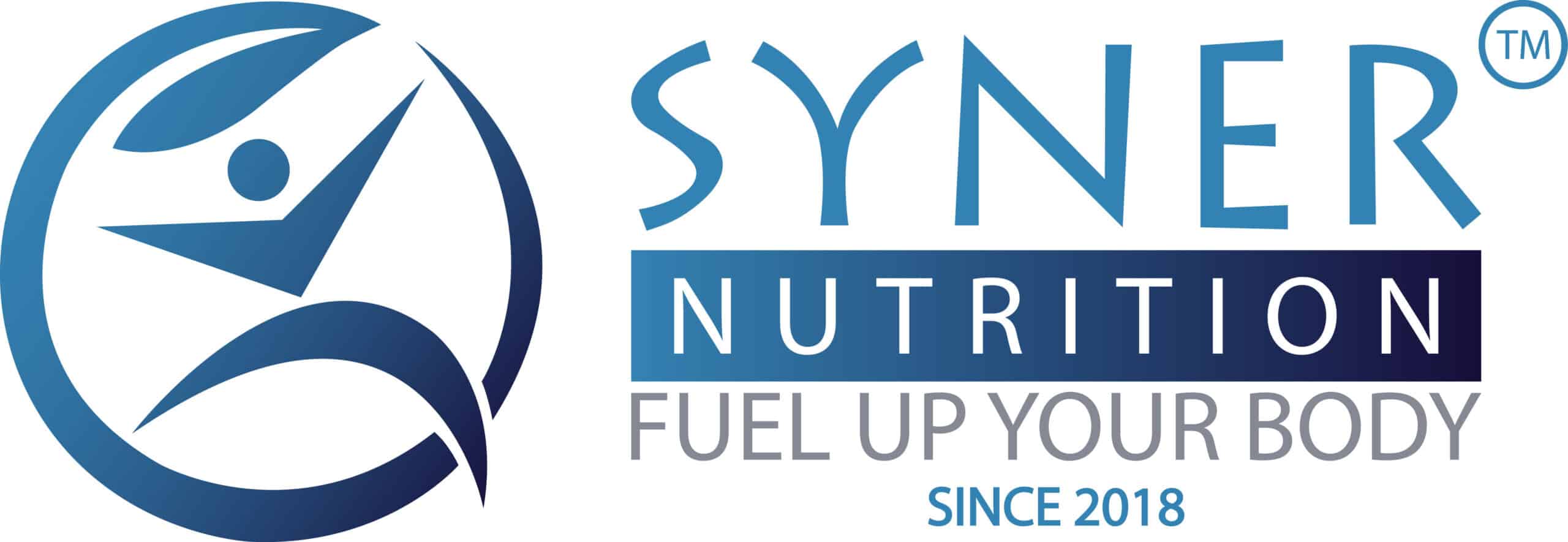
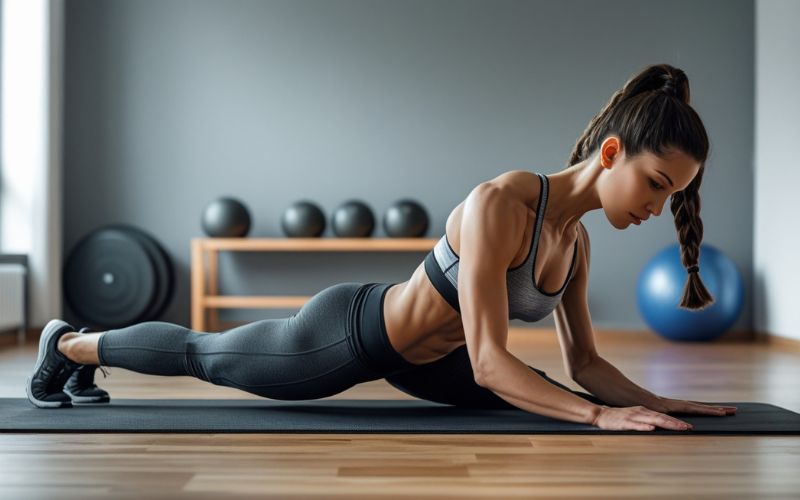

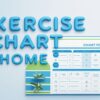
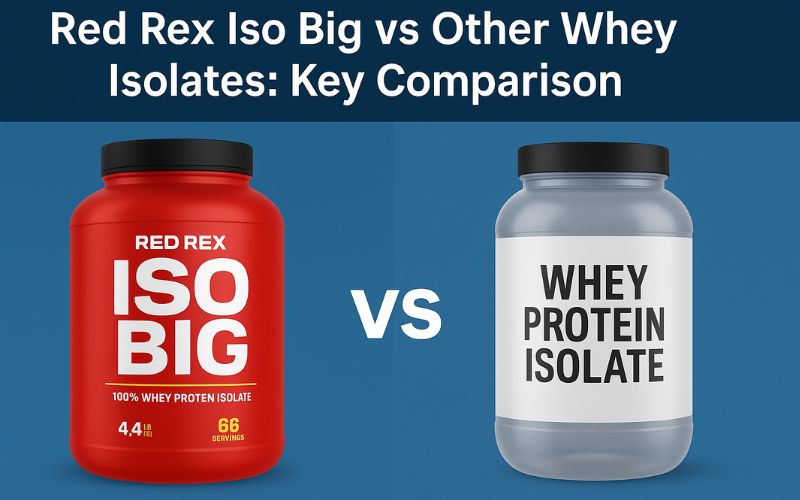
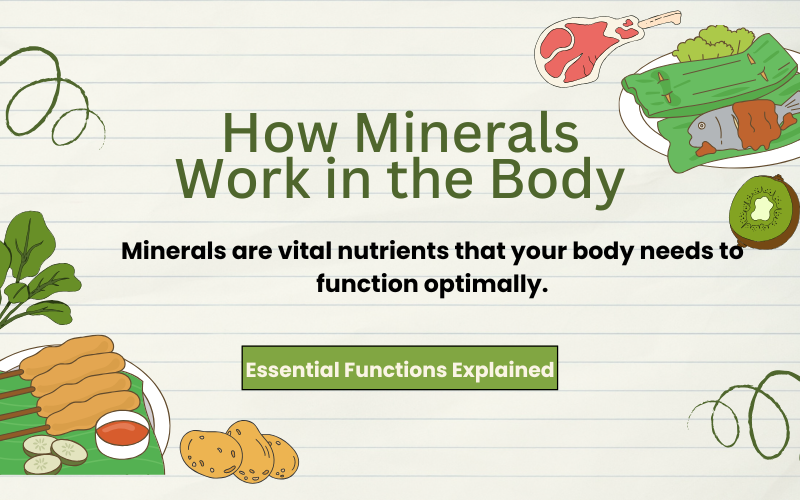
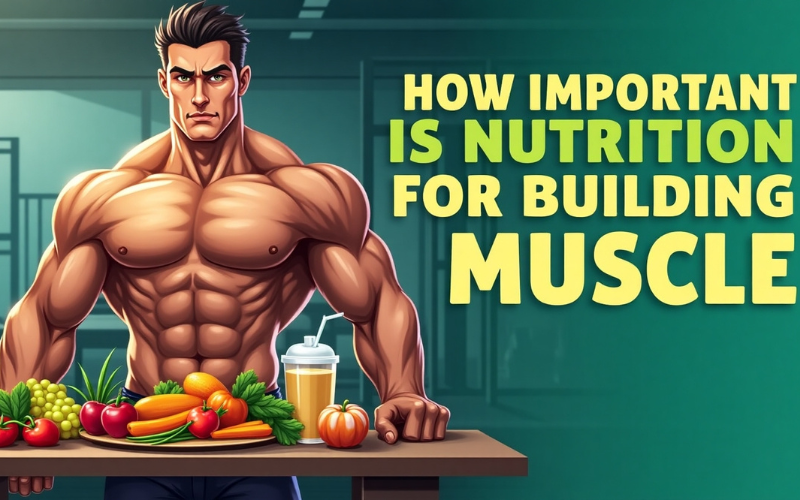
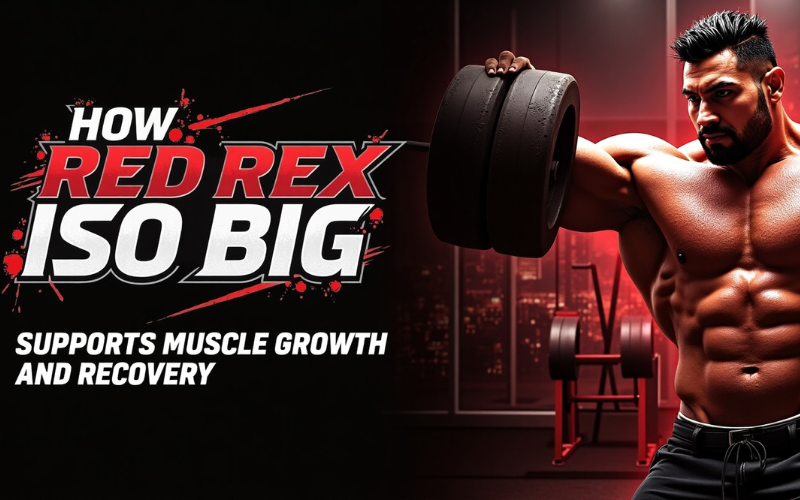

Add comment